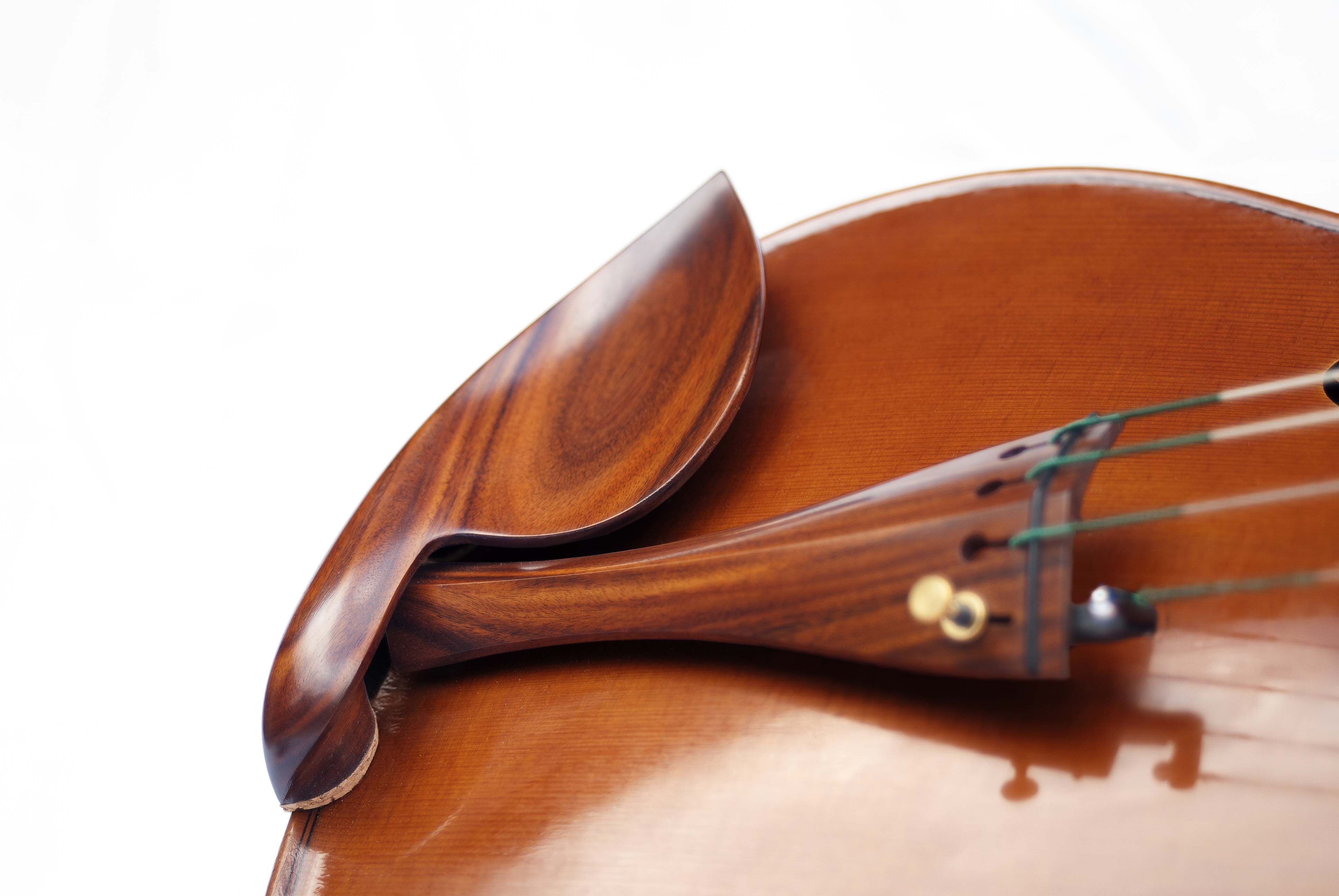
To build fittings for bowed string instruments (commonly defined as "sets" of pegs, tailpieces, chinrests, and endbuttons), very compact woods are used, capable of withstanding wear and stress.
Below is a list of the most commonly used woods.
Boxwood
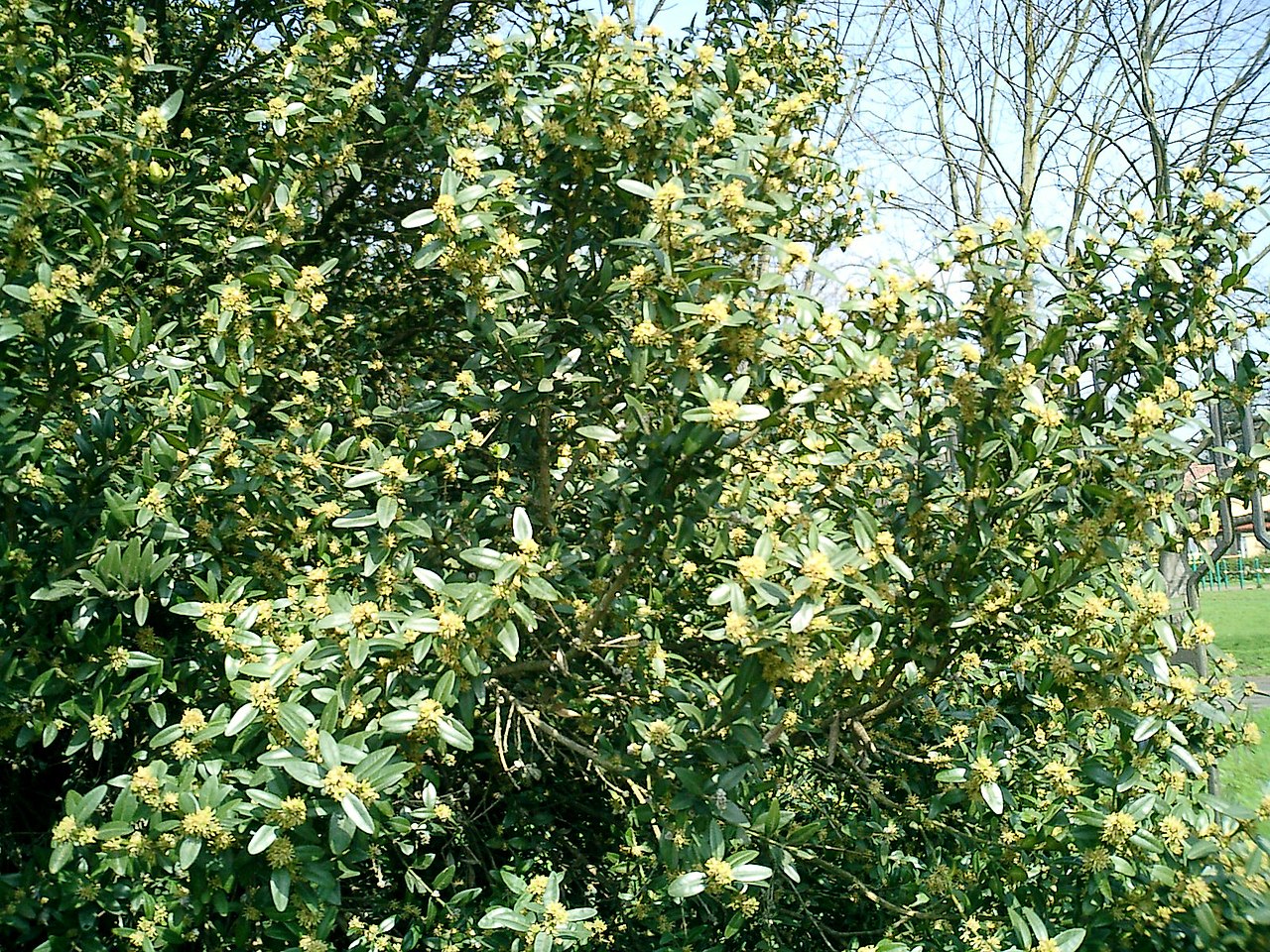
Boxwood (Buxus sempervirens and Buxus balearica) is one of the most used woods in the construction of instrument fittings. It is readily available and quite widespread in our territory (widely used as a hedge in gardens). Light yellow in color, boxwood is ideal for turning or carving thanks to its very fine and compact grain, its hardness and excellent polishability.
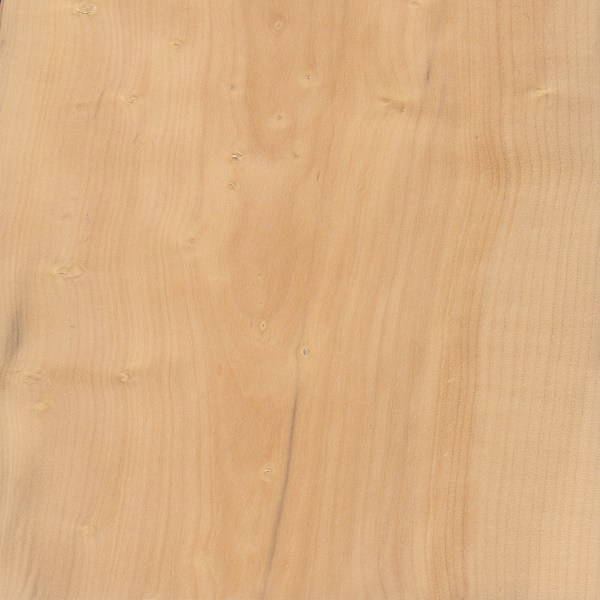
Because of its very light color, it is usually colored (by dyeing or etching) to achieve a reddish-brown shade, although it can be easily used "natural" for a more "bold" color contrast with the rest of the instrument.
Santos Rosewood
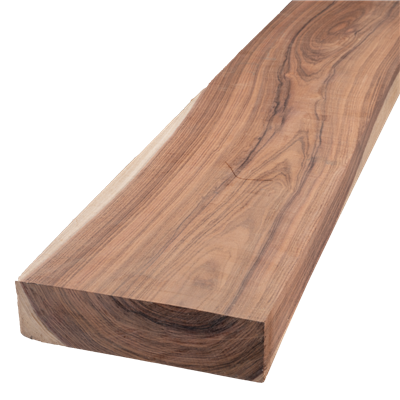
Santos Rosewood (Dalbergia Nigra, Machaerium Scleroxylon) is a wood from Latin America. It has a reddish-brown to brown color, with yellowish-brown or purplish highlights and lighter streaks. It is a rather hard, compact wood with a fairly straight, medium-fine grain. It presents characteristics similar to rosewood, although it does not share its family. It is a very elegant wood and its grain is greatly enhanced by varnishing/polishing.
Ebony
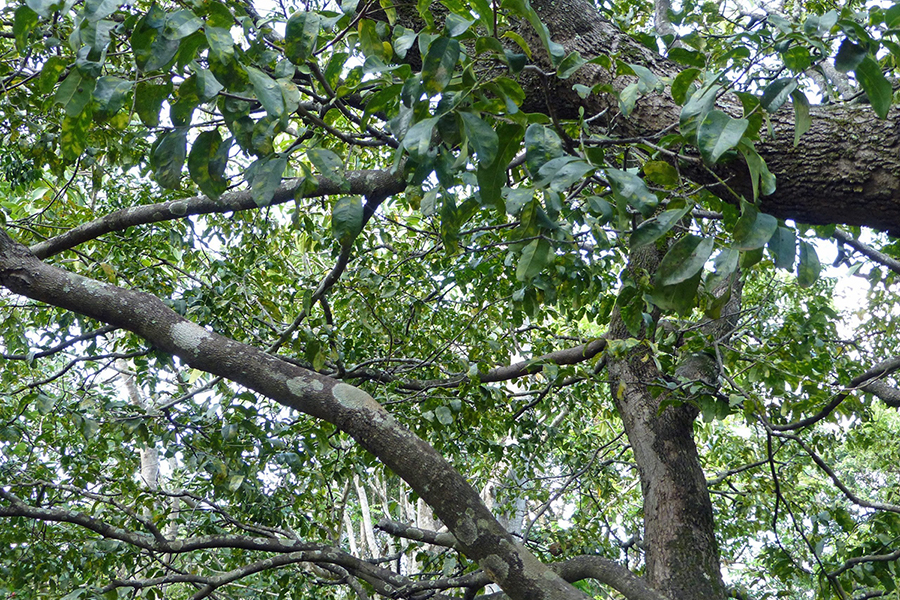
Ebony wood (Indian, African and Indonesian are the most common): it can be defined as a "classic" among fittings woods. It is the hardest wood par excellence. It can be completely black, or have lighter or darker brown streaks and veins.
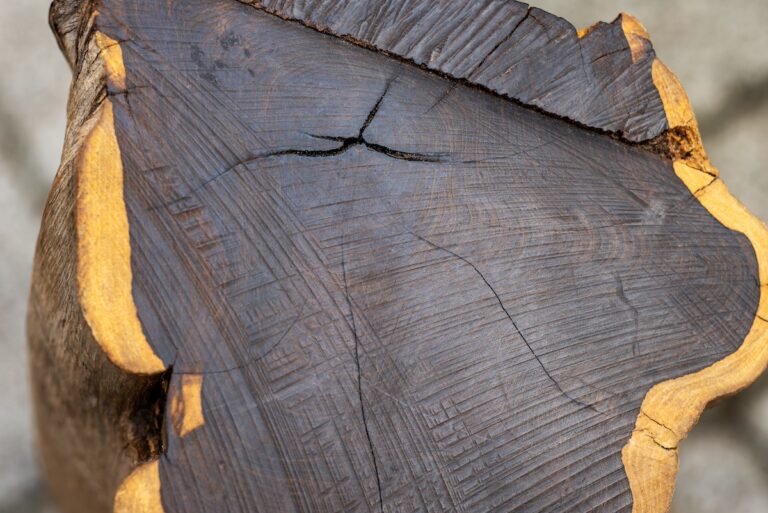

Sometimes it may also show some figuring.
It is probably the wood most used in the construction of pegs, chinrests, tailpieces (as well as for fingerboards and nut).
Apple
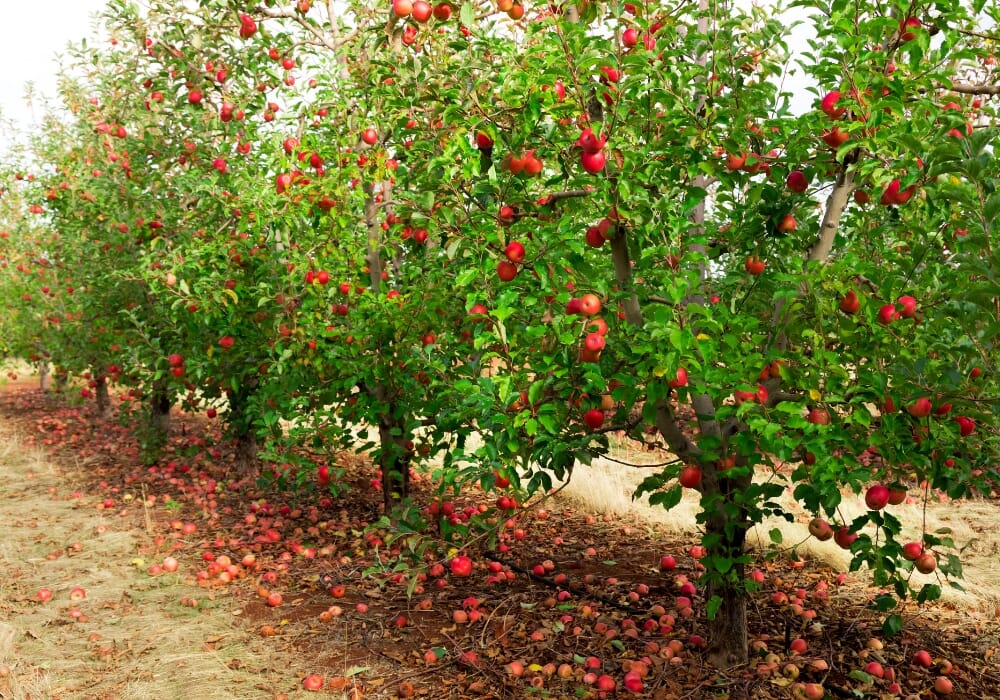
Apple wood is very charming and elegant. It has a natural golden amber color that is enhanced during varnishing/polishing. Not being as light as boxwood, it is usable in its natural state and creates a beautiful contrast with the instrument's varnish.
I personally believe it pairs perfectly with reddish-brown instruments... it's a very hard wood, with a beautiful, compact grain. Its availability might seem obvious, but it's actually quite difficult to find. (It's not widely used in cabinetmaking, nor for the production of furniture or artifacts). Probably its only intended use is as a fruit tree for (precisely) producing apples... But its characteristics also make it an excellent wood for fittings.
Bois de Rose
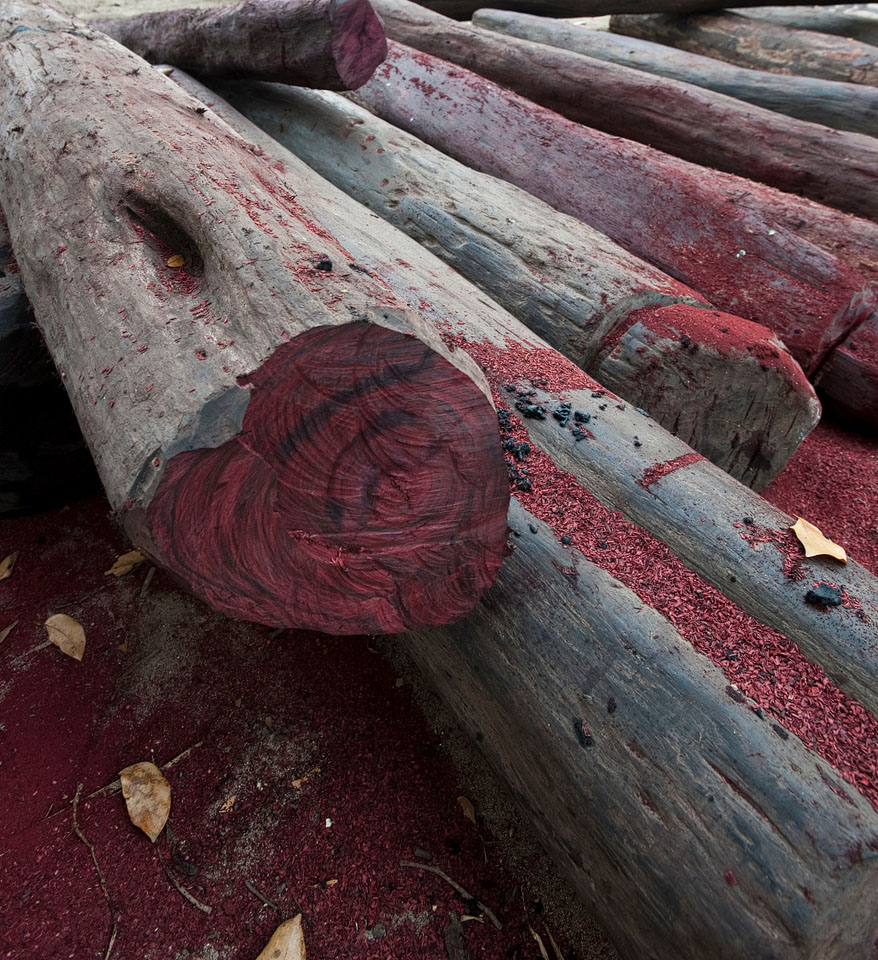
Bois de Rose (Dalbergia Decipularis and Dalbergia Frutescens): A rather rare, highly prized, and unique wood. Bois de Rose comes from the Brazilian state of Bahia and some other areas of South America, particularly Brazil and Argentina. It features very pronounced grain with colors ranging from pink to purple to brown, grey and white.
It is an extremely hard wood, therefore well suited for the construction of fittings. It is certainly a bold choice given the uniqueness and the "exuberance" of the colors. A frame made of Bois de Rose is sure to stand out.
Olive wood
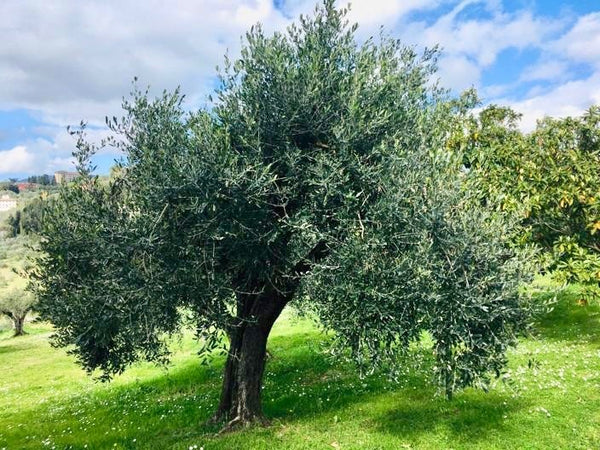
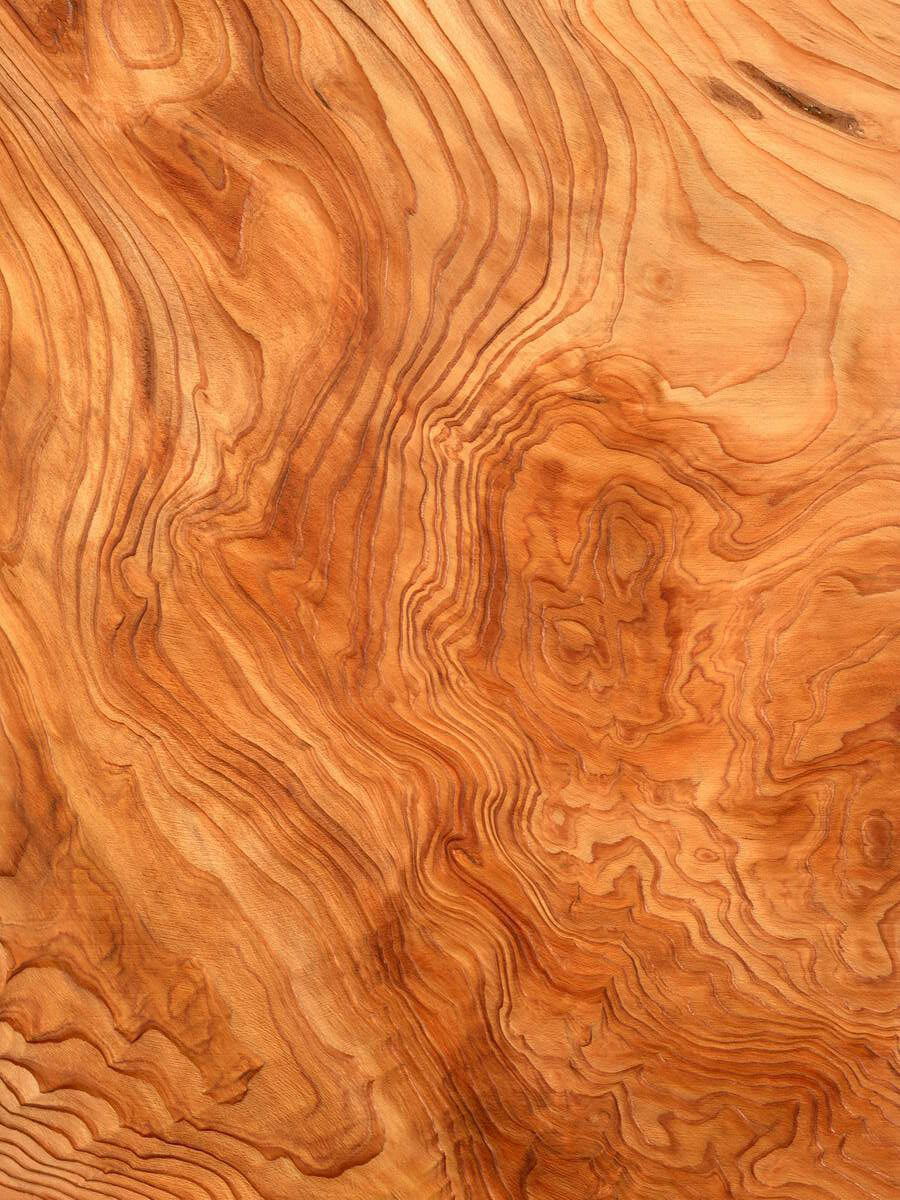
In my opinion, olive wood is one of the most beautiful woods our country has to offer. Each piece of olive wood is a work of art in itself. It is also a very hard wood. The only downside that might discourage its use is the high presence of cracks. Being a very figured wood, it is not only subject to the classic end-grain cracks that form during seasoning at the top and bottom of the piece. It often presents, unfortunately, micro-cracks even in the innermost parts. As a result, there is a lot of waste if you want to find "good" pieces to build pegs and tailpieces. Chinrests are more tolerant because micro-cracks can easily be "resin-filled" without the risk of catastrophic structural failures over time (imagine a tailpiece: a rather thin piece of wood subject to the tensile force of the strings, or a peg, with all the torsional force it must undergo during tuning. Even the smallest crack is unacceptable in this context. Therefore, I have decided to limit the use of this particular wood to chinrests only.